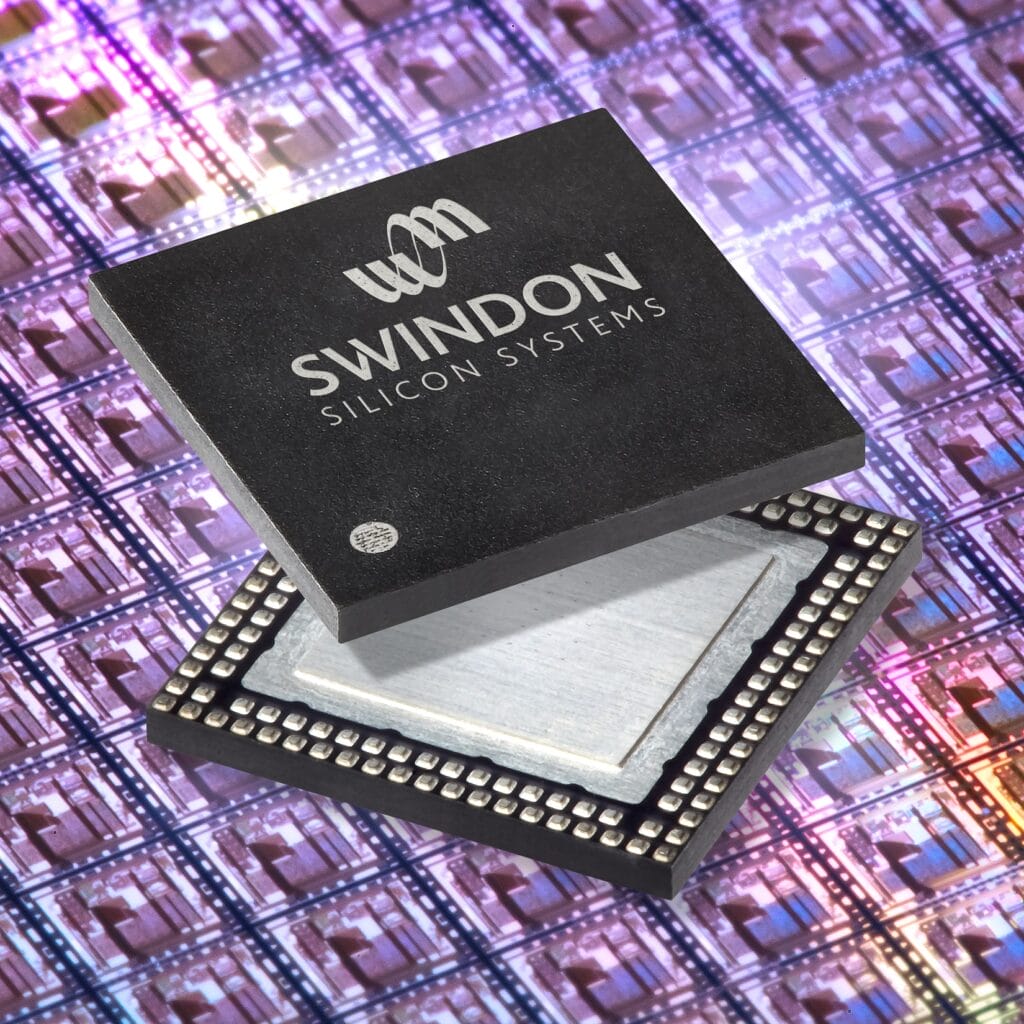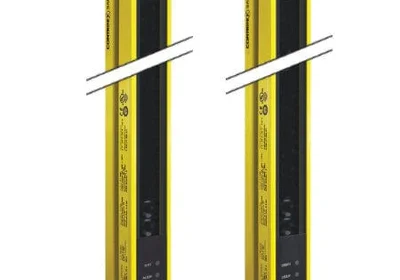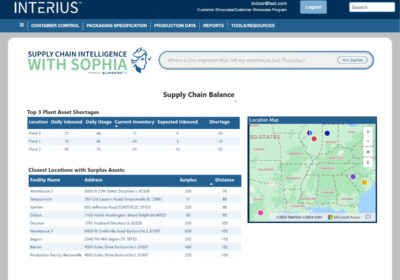ASICs at the heart of automotive safety
Nils Bohlin, an engineer at Volvo, introduced the three-point seatbelt back in 1959. His invention, combined with UK legislation to make seatbelt wearing mandatory, is estimated to have saved thousands of lives. The seatbelt is just one example of a safety aid, but as our vehicles get more and more complex, what other technologies are being used? Here, Richard Mount, Director of Sales at ASIC design and supply company Swindon Silicon Systems explains the role of ASICs within vehicle safety.
With more than 30 million cars on our roads, safety continues to be an area of focus for further innovation and development in the automotive industry. As a result, modern vehicles find themselves host to a variety of sensors, monitoring the car and alerting its occupants when anything is amiss. So how do these technologies work, and what makes them so important?
Keeping tyres on track
Tyre pressure monitoring systems, or TPMS, have been a legal requirement in passenger vehicles sold in the EU since 2014. These monitor the air pressure inside the tyre in order to detect if the pressure falls below safe levels. TPMS is a valuable safety tool to reduce the risk of tyre blowouts, but it also helps improve fuel efficiency and tyre lifespan, both of which can be affected by under-inflated tyres.
There are two types of TPMS sensor — indirect and direct. Indirect sensors estimate the tyre pressure based on information from the vehicle’s anti-lock braking system. Under-inflated tyres will result in the wheels moving at different speeds, which is something that the indirect sensor is able to detect. But because it cannot accurately determine an absolute pressure value, it can be slow to register multiple tyres losing air at the same time.
For more reliable measurements, direct TPMS sensors are the preferred approach. A direct system is comprised of sensors placed within the valves on each tyre, which record pressure and temperature readings. These readings are then transmitted wirelessly back to the central control system for analysis. Unlike the indirect method, the direct TPMS approach offers higher specificity, allowing the system to identify an underinflated tyre and notify the driver, even when the car is stationary.

Improved ICs
Essential to the success of TPMS is the electronics within. These systems require ICs capable of performing the required signal conditioning and signal conversion, as well as communicating the data to the driver. This all must be achieved within operation constraints of low power consumption, measurement accuracy and reliability, all accommodated within a compact package.
Achieving all these demands to the level required can be difficult to achieve using standard, off-the-shelf ICs. But for a custom IC, the possibilities are very different.
An Application Specific Integrated Circuit, or ASIC, offers multiple benefits over a standard IC. ASICs are designed exactly with the customer’s specification in mind, resulting in a chip fully optimised for the desired application. This optimisation leads to a reduced bill of materials (BoM), by removing functionalities and components that aren’t necessary to each specific application. This optimised functionality and performance ultimately results in a lower cost per system, by removing performance and circuitry that is not required.
Here at Swindon, we can also incorporate communication protocols such as 2.4 GHz BLE within the ASIC. This can be achieved efficiently by using a System in Package approach, where a number of individual die (ASIC, MEMS and BLE) are encapsulated within a single package, reducing development time and therefore time to market.
And for battery powered sensors, such as those within the TPMS, the ASIC also can offer a much lower power consumption through performance optimisation and the use of advanced power saving techniques. By integrating protocols that switch off the sensor when the car is parked, and only switch back on again when the vehicle is moving, the ASIC helps guarantee that the TPMS’ battery will last for up to ten years or at least as long as the tyre.
Contrary to what might be expected, the custom design process for an ASIC doesn’t need to be slow. An experienced ASIC design and supply company will have its own IP, and in addition will be able to access third party IP. This can be used to shorten the design timescales and productionise the ASIC far more quickly than attempting to design an ASIC from transistor level upwards.
If reflecting on the history of automotives shows us anything, it’s that continuous development is key to continue to ensure driver and passenger safety. By striving to improve our vehicles through ingenuity and expertise at chip level, we not only achieve a more comfortable, enjoyable driving experience, but also a safer one.








